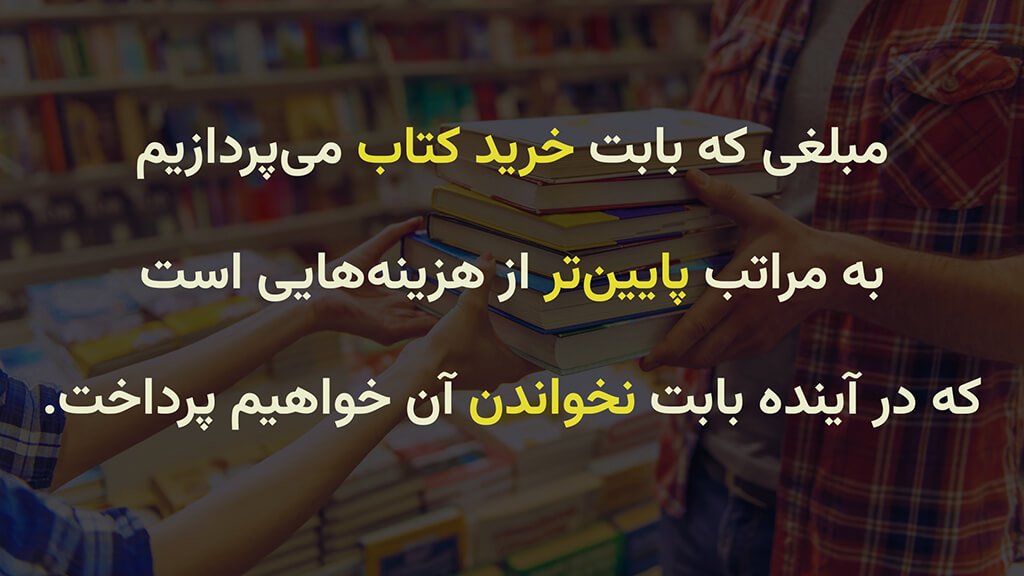
دانلود کتاب Our Great Qing (به فارسی: چینگ بزرگ ما) نوشته شده توسط «Johan Elverskog»
اطلاعات کتاب چینگ بزرگ ما
موضوع اصلی: تاریخ
نوع: کتاب الکترونیکی
ناشر: University of Hawaii Press
نویسنده: Johan Elverskog
زبان: English
فرمت کتاب: pdf (قابل تبدیل به سایر فرمت ها)
سال انتشار: 2006
تعداد صفحه: 265
حجم کتاب: 3 مگابایت
کد کتاب: 0824830210 , 9780824830212 , 9781435666122
توضیحات کتاب چینگ بزرگ ما
اگرچه عموماً اعتقاد بر این است که منچوها از طریق حمایت آنها از بودیسم تبتی، مغول ها را کنترل می کردند، اما توجه اندکی به دیدگاه مغول ها از پروژه امپراتوری کینگ شده است. برخلاف دیگر گزارشهای حکومت منچو، چینگ بزرگ ما نه تنها بر روی تصاویری که این کلانشهر میخواست به مغولستان بفرستد، تمرکز میکند، بلکه بر روی تصاویری که مغولها خودشان را تصدیق میکردند نیز تمرکز دارد. یوهان الورسکوگ به جای پذیرش استفاده منچو از بودیسم، با زیر سؤال بردن دیدگاه ایستا، غیر تاریخی و هژمونیک زندگی سیاسی که در توضیح بودایی ضمنی است، شروع می کند. این اثر با تأکید بر سیال بودن هویت و عملکرد بودایی به عنوان فرآیندهایی که به طور مداوم در رابطه با تشکیلات دولتی در حال توسعه هستند، به بررسی چگونگی درک سیاست های چینگ توسط مغول ها و اینکه چگونه آنها خود را به عنوان سوژه های کینگ می بینند، می پردازد.
در تحقیق خود از جامعه مغول در آستانه فتح منچوها، الورسکوگ نظریه سیاسی متمایز تمرکززدایی را آشکار می کند که به جنگ داخلی در میان مغول ها دامن می زد. او توضیح می دهد که چگونه بود که شرکت بزرگ منچو بر «مغولستان» پیروز نشد، بلکه در عوض یک جامعه مغولی متحد ایجاد کرد که جوامع ناهمگون از قبل موجود صرفاً جزء اجزای آن باشند. برای تقویت این تغییر، حاکمان منچو به دنبال مذهبی بودند. “از بالا” از طریق فرقه چنگیز خان تحریم شد و با این دستور شروع به بازسازی خود فرقه و اشراف مغول به عنوان اعضای یک امپراتوری واحد کرد. در نتیجه، اشراف مغول خود را نماینده یک جامعه واحد می دانستند که توسط حاکمان بخشنده منچو در طول جنگ های داخلی اوایل قرن هفدهم نجات یافته بود. یکی از عناصر کلیدی که این تغییر را تقویت کرد، ترویج ارتدوکس گلوکپا در دربار چینگ بود که نه تنها روایتها و آیینهای تاریخی مغول را دگرگون کرد، بلکه جانشین بودیسم بومی پیشین مغول نیز شد. در نهایت، الورسکوگ نشان میدهد که چگونه این تصور قرن هجدهم از جامعه مغول، که توسط اشراف اداره میشد و توسط امپراتور بودایی تغذیه میشد، جای خود را به همبستگی پانکینگ همه مردم بودایی علیه مسلمانان و مسیحیان و هویتهای محلی داد که برای اتحاد با یکدیگر متحد شدند. اولین بار اشراف با مردم عادی در یک هویت بودایی مغولی جدید در آستانه قرن بیستم.
با ارائه یک تاریخ فکری از خودنمایی مغول ها در اواخر امپراتوری چین، چینگ بزرگ ما تحلیلی روشنگر از تغییرات اصلی مغولی ارائه می دهد. مفاهیم جامعه، حکومت، و مذهب از سال 1500 تا 1900 در حالی که بینش های جدیدی را در مورد تاریخ چینگ و بودایی ارائه می داد، متحمل شدند. خواندن این کتاب برای طیفی از مخاطبان مختلف ضروری خواهد بود، از کسانی که به طور خاص در تاریخ چین و آسیای درونی کار می کنند تا کسانی که به طور گسترده تری به تاریخ امپراتوری ها، پیرامون آن ها و نقش دین در تشکیلات جمعی و دولتی علاقه مند هستند.
In his investigation of Mongol society on the eve of the Manchu conquest, Elverskog reveals the distinctive political theory of decentralization that fostered the civil war among the Mongols. He explains how it was that the Manchu Great Enterprise was not to win over ”Mongolia” but was instead to create a unified Mongol community of which the disparate preexisting communities would merely be component parts.To foster this change, Manchu rulers sought religious sanction ”from above” through the cult of Chinggis Khan and with this mandate set about to restructure the cult itself and the Mongol aristocrats as members of a unified empire. As a result, the Mongol nobility came to see themselves as representing a single community that had been rescued by the gracious Manchu rulers during the civil wars of the early seventeenth century. A key element fostering this change was the Qing court’s promotion of Gelukpa orthodoxy, which not only transformed Mongol historical narratives and rituals but also displaced the earlier vernacular Mongolian Buddhism. Finally, Elverskog demonstrates how this eighteenth-century conception of a Mongol community, ruled by an aristocracy and nourished by a Buddhist emperor, gave way to a pan-Qing solidarity of all Buddhist peoples against Muslims and Christians and to local identities that united for the first time aristocrats with commoners in a new Mongol Buddhist identity on the eve of the twentieth century.
By providing an intellectual history of Mongol self-representations in late imperial China, Our Great Qing offers an insightful analysis of the principal changes that Mongolian concepts of community, rule, and religion underwent from 1500 to 1900 while offering new insights into Qing and Buddhist history. It will be essential reading for a range of different audiences, from those working specifically in Sino-Inner Asian history to those interested more broadly in the history of empires, their peripheries, and the role of religion in communal and state formations.

برای دریافت کد تخفیف ۲۰ درصدی این کتاب، ابتدا صفحه اینستاگرام کازرون آنلاین (@kazerun.online ) را دنبال کنید. سپس، کلمه «بلیان» را در دایرکت ارسال کنید تا کد تخفیف به شما ارسال شود.